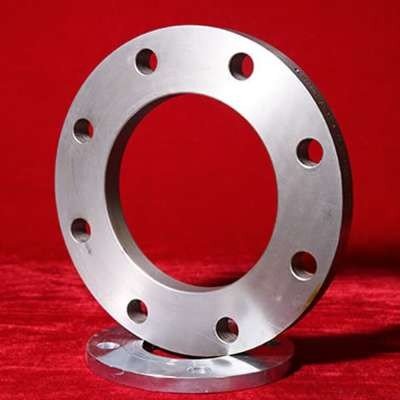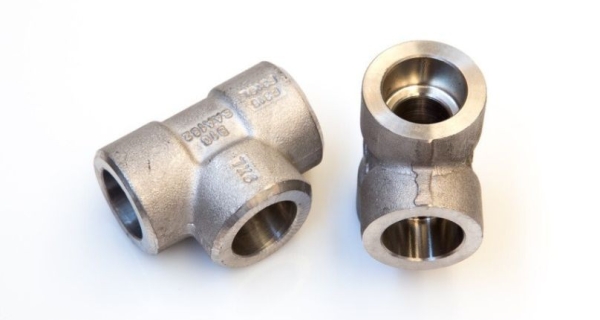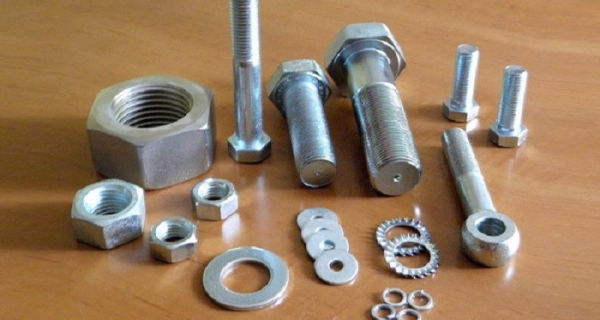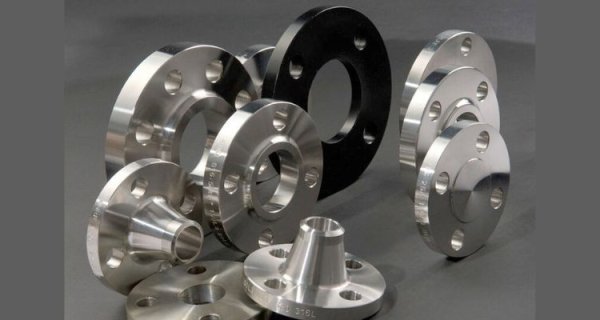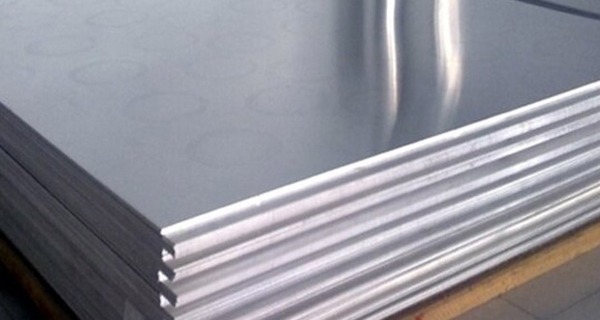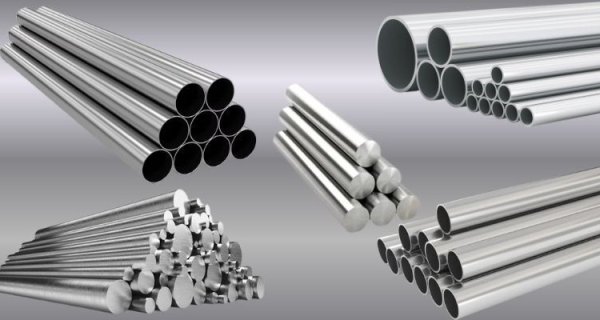HOW TO CHOOSE THE STAINLESS STEEL FLANGE
Stainless Steel Flanges manufacturers in ANSI B16.5 flange, Class 150 Flange, Class 300 Flange, Class 400 Flange, Class 600 Flange, Class 900 Flange, Class 1500 Flange and SS 304 Flange, SS 316 Flange, SS 347 Flange, SS 321 Flange.
Posted 6 years ago in Magazines, updated 6 years ago.
HOW TO CHOOSE THE STAINLESS STEEL FLANGE
A flange is a cast ring that is designed to connect sections of a pipe or any other machinery that requires a connecting joint. Before confirming your order, it is important to note that these flanges come in different sizes, diameters, shapes & measurements.
Available in various shapes in term of their measurements & field of application. All you need to do is choose your product based on set needs & standards. When it comes to which materials should be used in your applications the following factors come into play & therefore, some important aspects that need to be considered while buying stainless steel flanges are as follows:-
Important to note the diameter of pipes needed. Also, knowing whether these pipes are seamless or welded, would help suit requirement. As for stainless steel pipe flanges, discs & rings that attach to pipe in order to increase support or strength. These are usually welded or screwed to the pipe end. These pipes flanges are designed according to specifications & could be customized by buyers, making more sense than shopping for the standard products.
ASME B 16.5 covers pressure-temperature ratings, marking, materials, dimensions & methods of designating openings for pipe flanges. The standard ASME B16.5 only covers a small size up to 24 inches, for bigger sizes the ASME B16.47 standard covers a larger diameter of pipe flanges, making it more reliable to clients.
SELECTION OF VARIOUS TYPES OF SS FLANGES AVAILABLE IN MARKET:
The most reasonable type available. Having a larger diameter than the pipe, slipping easily over the pipe. Applied in applications engaging in low pressure. When cost or space is an issue, this type is used instead of a weld neck.
Significant due to the projecting necks, considered for severe service conditions such as sub-zero or high temperature/ pressure. The bore of the pipe & the flange match, making the strongest connection, reducing turbulence & erosion.
Ideal for the piping system, requiring regular inspection. Handling high stress caused due to internal pressure & pressure of the liquid flowing through the pipe. Used to 'blank off' pipelines, valves, etc.
Assembled without welding & hence, can be removed easily. Not necessarily used for applications where bending stresses, involving high temperature or pressure. A seal weld is used in conjunction with times. To make it cost-effective, this could be supplied without a hub, or in treated coated carbon steel.
A type of slip-on flange. Helps in the maintenance of low alloy steel/ carbon pipes. These flanges are seen to be very similar to slip-on flanges but are characterized by the rounded interior edge of the flange face.
SS Socket -Weld Flanges
Smaller diameter handling applications with high pressure such as steam lines. Possess internal welds, ensuring durability. The bore of the pipe & the flange match thus providing, good flow connection.
SS Orifice Flanges
To provide access to a line for metering liquids or gases. The range of orifice flanges covers all standard sizes & range & is common to all flange materials.
